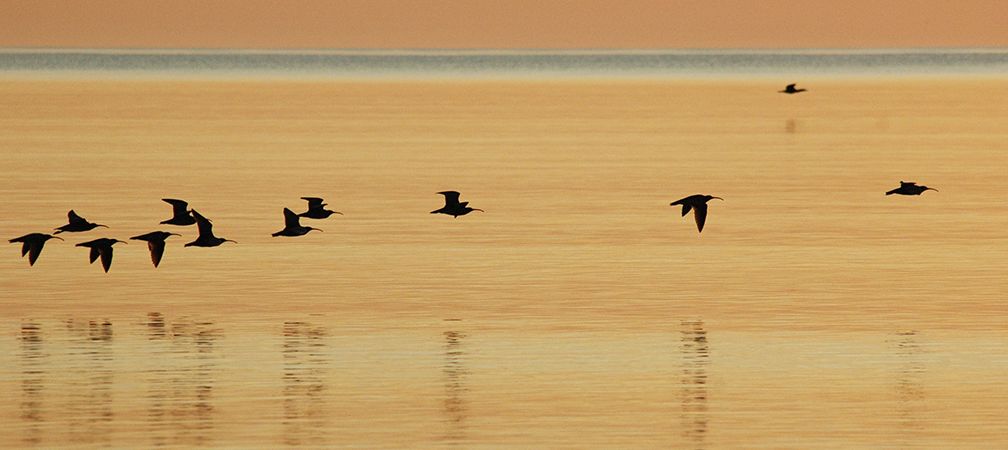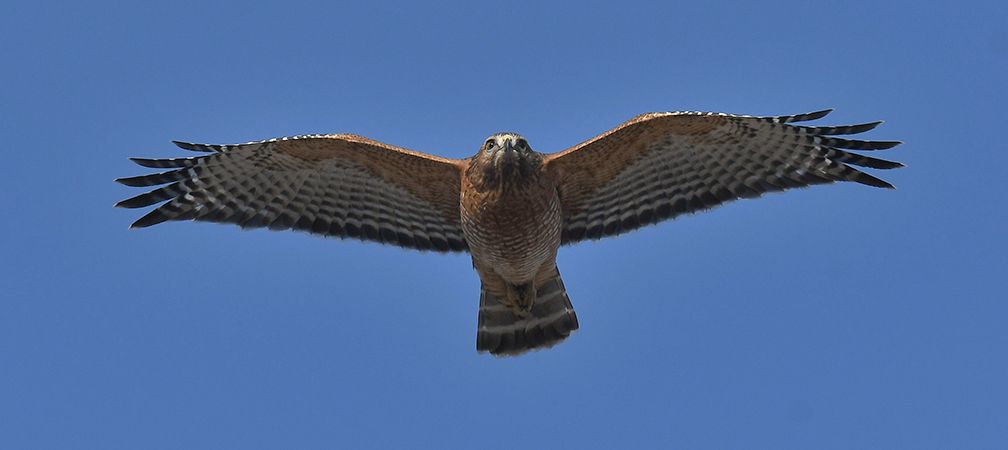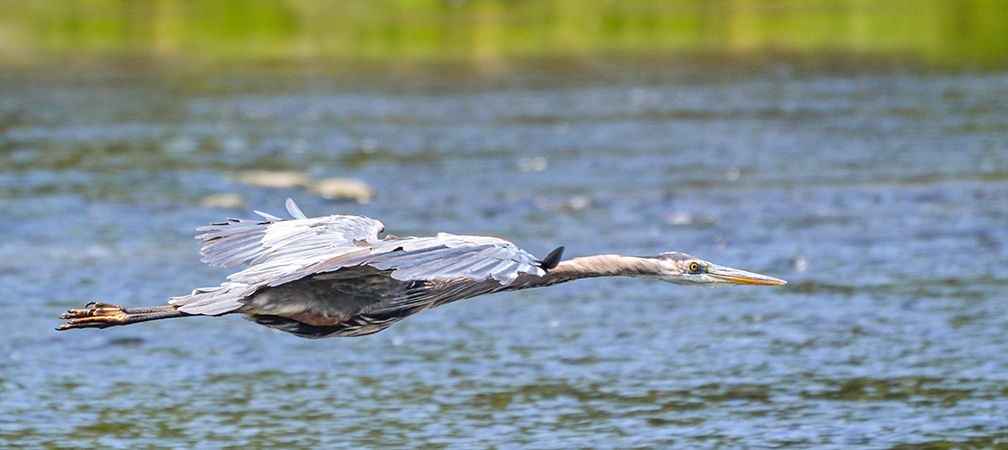Ontario Nature Blog
Receive email alerts about breaking conservation
and environmental news.
© Lora Denis
American bittern © Kurayaba CC BY-SA 2.0
After a long winter, the arrival of the spring bird migration is a spectacle for the senses, while heralding warmer days to come. Between February and June, millions of North American birds take to the skies on their annual journey from their southern wintering grounds to fly north to their breeding grounds, many settling in Ontario and others travelling as far as the Arctic.
It may be hard to imagine why birds would leave warm places in the south to fly north thousands of kilometres in often perilous conditions. Other than a genetic predisposition to migrate, the main reason is in the availability of resources. With huge numbers of resident birds living year-round in places like the tropics, the competition for food would be fierce. Greater availability of food further north also enables birds to breed more successfully.
Birds time their spring journeys to coincide with the insects that hatch with the arrival of new leaves on the trees. Getting this timing right is crucial because if birds arrive too early before the food supplies are there, they may starve. Extended daylight hours also give birds more time to collect food.

Migrators follow well-established routes year after year, travelling along what are known as ‘flyways,’ which are like highways in the sky. Flyways usually follow natural features, such as shorelines, mountain ranges and river systems. In Ontario, we’re fortunate to have two major flyways crossing the province (the so-called Atlantic and Mississippi flyways), which bring a large variety of migratory birds, such as warblers, wading birds, songbirds, shorebirds and raptors.
Daytime fliers – such as blue jays, swallows and hawks – orient themselves from landmarks on the landscape and movements of the sun. Most songbirds migrate at night, using a variety of navigational techniques, including the stars and the earth’s magnetic field.

Birds face many challenges while migrating, the main one being poor weather conditions, as birds can be blown off course by stiff headwinds or storms. Climate change has also posed a huge threat to the survival of migrating birds, as changing weather patterns affect the availability and timing of food. Insufficient fat supplies and predation also pose significant risks.
Another major hazard for migrating birds, especially in urban areas, is the risk of colliding with windows and tall buildings, especially those kept lit overnight. We can help reduce collisions by placing window markers, drawing our curtains in the evening and ensuring our lights are switched off overnight. Keeping domestic cats indoors during the migration period would also help to cut down on fatalities.

There are many places throughout Ontario to see migrating birds, the best ones often being near bodies of water. Birds crossing the Great Lakes need favourable weather conditions, and many will touch down to refuel around Lake Erie’s three sand pits, so parks like Point Pelee, Long Point and Rondeau pose great opportunities to see birds before they set off again. Other bird hot spots are along the Lake Huron shoreline and places like Prince Edward Point and Presqu’ile, as well as river valleys, marshes and swamps.
Spring migration is a time to enjoy the splendor of birds returning to our province or passing through on their way north. We can all enjoy and appreciate them, while also doing our part to help migrating birds travel safely on their epic journeys.

Gananoque Lake Nature Reserve © Smera Sukumar